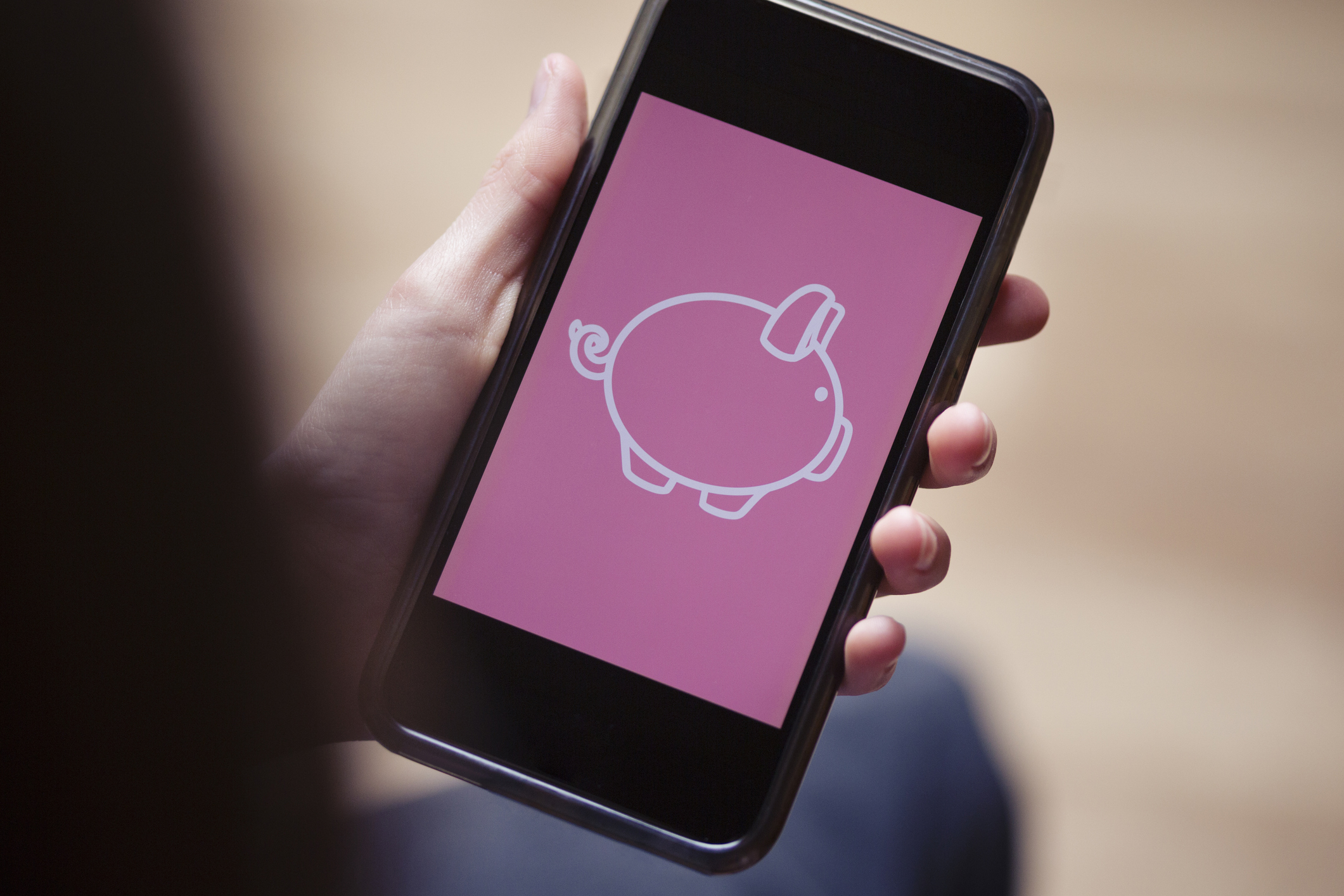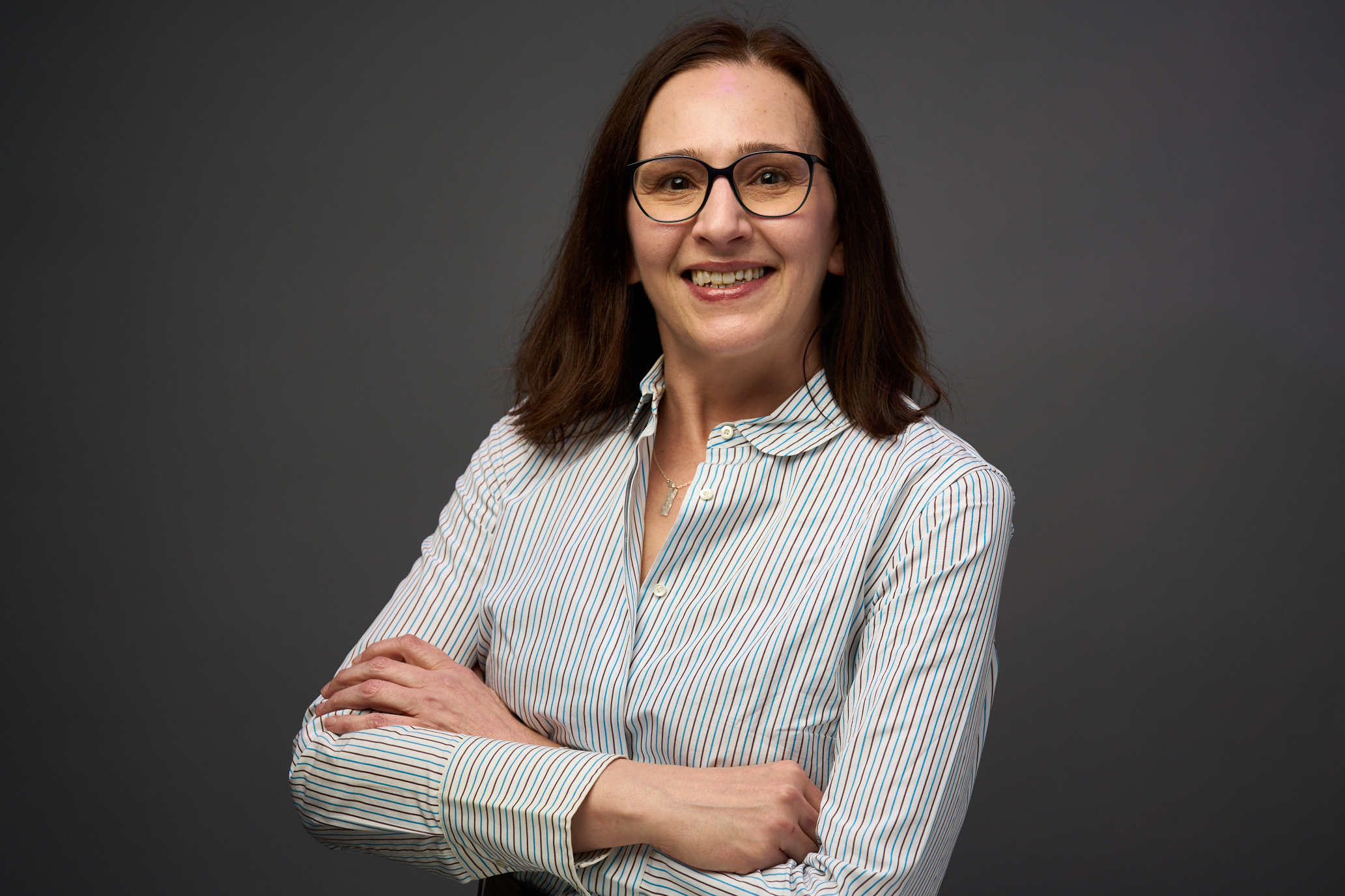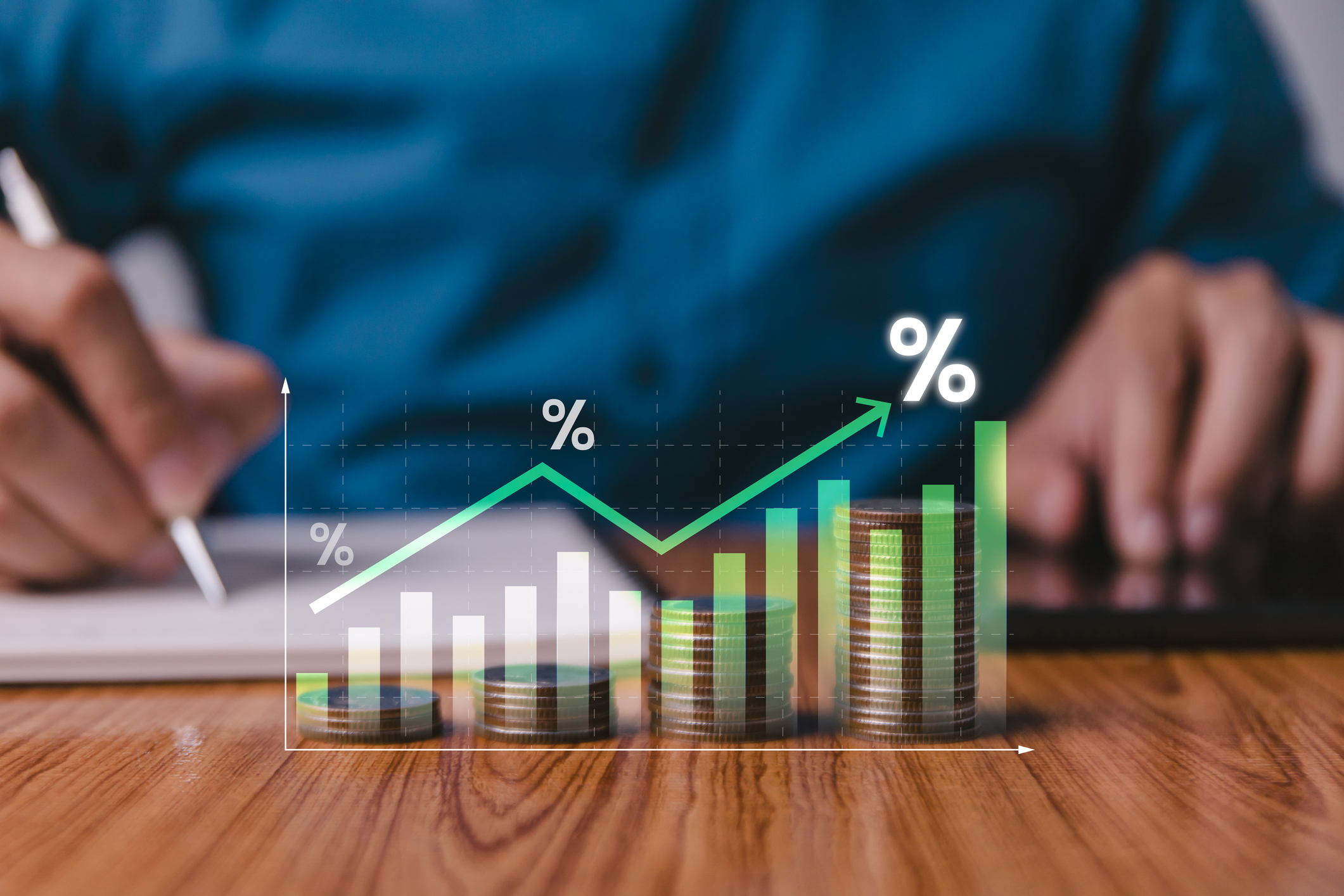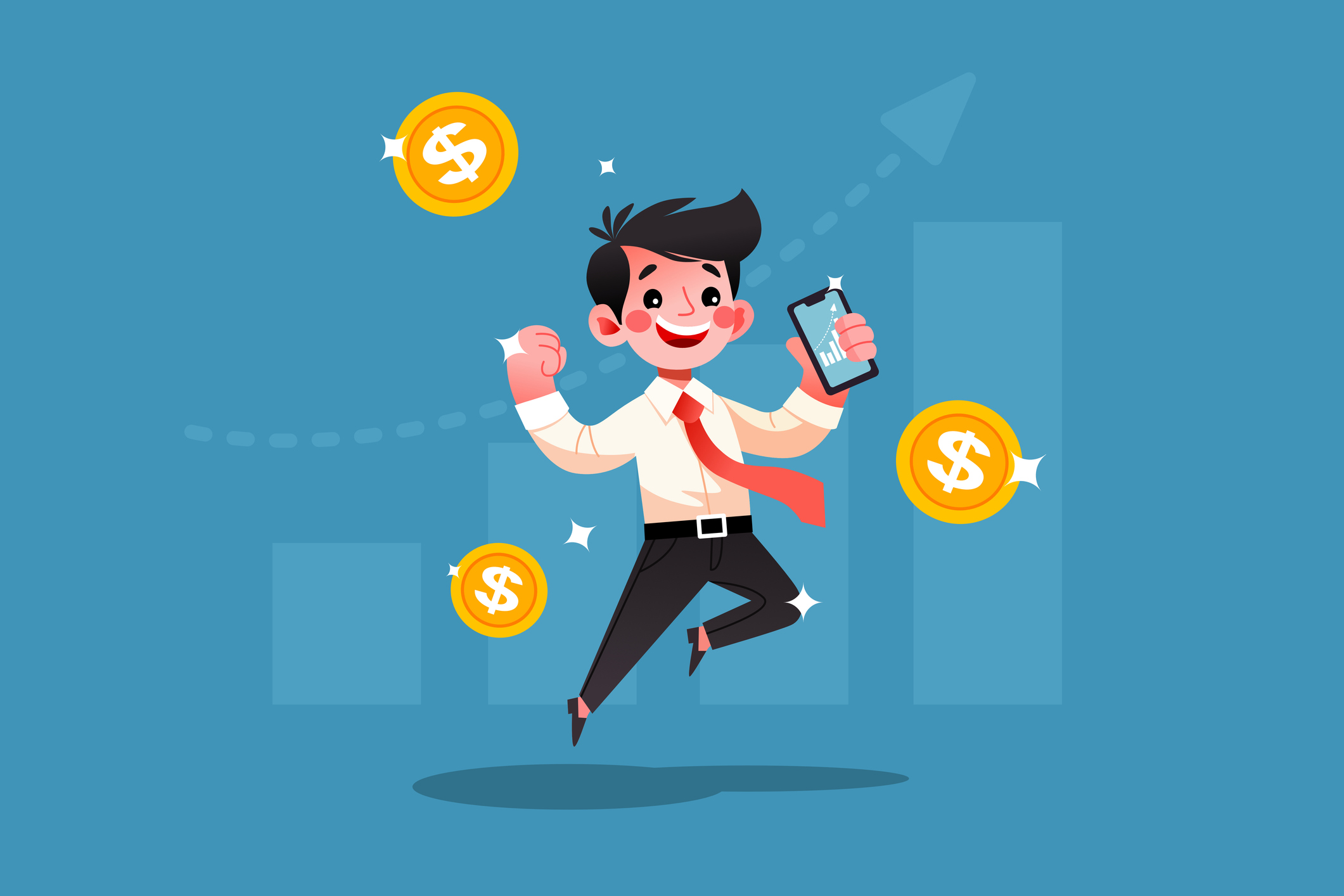Where to Move Your Money Before the Next Fed Meeting
Savings rates remain high for now. But with the Fed likely to cut rates at its December meeting, it's time for savers to lock in rates now.

Sean Jackson
Savers might be running out of time to lock in a great interest rate. Ahead of the Federal Reserve meeting this week, many economists forecasts the central bank will continue cutting rates this month.
When the Fed cuts interest rates, debt with variable rates including credit cards, adjustable-rate mortgages, HELOCs and some private student loans can become cheaper to service and pay off.
The downside is that if the Fed reduces rates again in the future, we will likely see another slight dip in the highest savings rates.
From just $107.88 $24.99 for Kiplinger Personal Finance
Become a smarter, better informed investor. Subscribe from just $107.88 $24.99, plus get up to 4 Special Issues

Sign up for Kiplinger’s Free Newsletters
Profit and prosper with the best of expert advice on investing, taxes, retirement, personal finance and more - straight to your e-mail.
Profit and prosper with the best of expert advice - straight to your e-mail.
Now is the time to make decisions about your short-term savings goals and where to grow your money. Remember that the longer you wait, the smaller the opportunity you have at maximizing saving returns.
Here is where you should consider parking your cash before rates get any lower:

Certificates of deposit (CDs)
CDs are an effective, reliable way to earn guaranteed returns of over 4%. Many banks offer 5-year CDs with rates exceeding 4%, and some 1-year CDs offer rates a little higher.
Read Four CDs to Check Out Before a Fed Rate Cut to get recommendations from Kiplinger's staff.
The other benefit to CDs is the rate you lock in is the rate you'll have throughout the term. If you get a CD now and the Fed cuts rates sometime down the road, that won't impact you because it is a fixed interest rate.
With this in mind, use this tool from Bankrate to find some of the top-earning CD rates:
The biggest potential drawback is the penalties you might incur if you cash in your CD prior to maturity. If you are apprehensive about locking up your money, you can buy a no-penalty CD and avoid angst and fees.
These CDs usually pay slightly lower rates to offset the bank's risk of early redemption. Otherwise, this FDIC-insured savings opportunity is the best place to park your cash as rates come down.

Money market accounts
Money market accounts combine the best features of savings and checking accounts. You earn a higher rate than a traditional savings account but retain access to the funds with check-writing privileges and/or debit cards. The interest rate on these accounts is variable and can go down or up after you open the account.
Here are our five top picks:
Account | APY | Min. Opening Deposit |
|---|---|---|
4.25% | $100 | |
4.10% | $1,000 | |
3.90% | $1,000 | |
3.77% | $100 | |
3.75% | $50 |
Accessibility to your funds is why I highly recommend these types of accounts to hold your emergency funds. You can easily pay your mortgage, car insurance or medical bills if a financial emergency arises, without fear of incurring fees for removing some of your money.
However, watch out for the minimum balance requirements that are common for money market accounts. Many accounts have minimum balance requirements to open an account and a minimum closing daily balance.
To avoid these fees, crunch the numbers, and if you're on track to drain your emergency fund, close the account and cut your losses before the fees accumulate.

High-yield savings accounts
All savings accounts earn interest. The amount of interest depends on which account you choose. A traditional savings account averages only a 0.42% annual percentage yield (APY).
In comparison, the APYs on top high-yield savings accounts are around 4%, according to Bankrate.com.
That's why I recommend high-yield savings accounts for everyone regardless of the Fed rate; even if rates fall in the future, a high-yield account will still be one of the best and safest places for your savings.
The two most significant downsides of high-yield accounts are monthly fees and variable interest rates, but there are ways to mitigate those drawbacks. We can recommend at least 10 no-fee high-yield accounts that are currently paying around 4%.
Whether overall rates increase or decrease, high-yield savings accounts with the best yields tend to outperform their competition consistently. Monitor the rate your account offers, and if you notice that your savings account is falling faster than others, consider shopping around for a better account.
If you need more encouragement to open a high-yield account, read Is It Worth Getting a High-Yield Savings Account Before the Next Fed Meeting?
Bottom line for savers
If CDs, high-yield accounts or money market accounts fit into your short-term savings goals, this is a good time to get them. The Fed is likely to continue cutting rates at its meeting this week, so you're running out of time to secure an excellent rate that outpaces the CPI inflation rate.
Related Content
Profit and prosper with the best of Kiplinger's advice on investing, taxes, retirement, personal finance and much more. Delivered daily. Enter your email in the box and click Sign Me Up.

Donna joined Kiplinger as a personal finance writer in 2023. She spent more than a decade as the contributing editor of J.K.Lasser's Your Income Tax Guide and edited state specific legal treatises at ALM Media. She has shared her expertise as a guest on Bloomberg, CNN, Fox, NPR, CNBC and many other media outlets around the nation. She is a graduate of Brooklyn Law School and the University at Buffalo.
- Sean JacksonPersonal finance eCommerce writer
-
 The Rule of Compounding: Why Time Is an Investor's Best Friend
The Rule of Compounding: Why Time Is an Investor's Best FriendDescribed as both a "miracle" and a "wonder," compound interest is simply a function of time.
-
 4 Great Tools to DIY Your Own Financial Plan
4 Great Tools to DIY Your Own Financial PlanSmart Savings Several tools picked out by Kiplinger that DIYers can use to make their own financial plan.
-
 The 7-Month Deadline That Sets Your Lifetime Medicare Premiums
The 7-Month Deadline That Sets Your Lifetime Medicare PremiumsUnderstanding Medicare enrollment is crucial, as missing deadlines can lead to permanent late enrollment penalties and gaps in coverage.
-
 4 Great Tools to DIY Your Own Financial Plan
4 Great Tools to DIY Your Own Financial PlanSmart Savings Several tools picked out by Kiplinger that DIYers can use to make their own financial plan.
-
 The 7-Month Deadline That Determines Your Lifetime Medicare Premiums
The 7-Month Deadline That Determines Your Lifetime Medicare PremiumsUnderstanding Medicare enrollment is crucial, as missing deadlines can lead to permanent late enrollment penalties and gaps in coverage.
-
 Should You Renew Your CD?
Should You Renew Your CD?With rate cuts impacting earnings, we examine if now is a wise time to renew CDs.
-
 Where to Store Your Cash in 2026
Where to Store Your Cash in 2026Set yourself up for success with these strategies.
-
 I'm a Financial Adviser: The Fed's Rate Cuts Could Have Impacts You Might Not Anticipate
I'm a Financial Adviser: The Fed's Rate Cuts Could Have Impacts You Might Not AnticipateUnderstanding how lower interest rates could impact your wallet can help you determine the right financial moves to make.
-
 My Teen Crashed His Car, and Now Our Insurance Has Tripled. What Now?
My Teen Crashed His Car, and Now Our Insurance Has Tripled. What Now?Dealing with the costly aftermath of a teen car accident is stressful. Here are your options for navigating it.
-
 My First $1 Million: Retired In-House Corporate Lawyer, 74, Midwest
My First $1 Million: Retired In-House Corporate Lawyer, 74, MidwestEver wonder how someone who's made a million dollars or more did it? Kiplinger's My First $1 Million series uncovers the answers.
-
 I'm an Insurance Pro: Going Without Life Insurance Is Like Driving Without a Seat Belt Because You Don't Plan to Crash
I'm an Insurance Pro: Going Without Life Insurance Is Like Driving Without a Seat Belt Because You Don't Plan to CrashLife insurance is that boring-but-crucial thing you really need to get now so that your family doesn't have to launch a GoFundMe when you're gone.